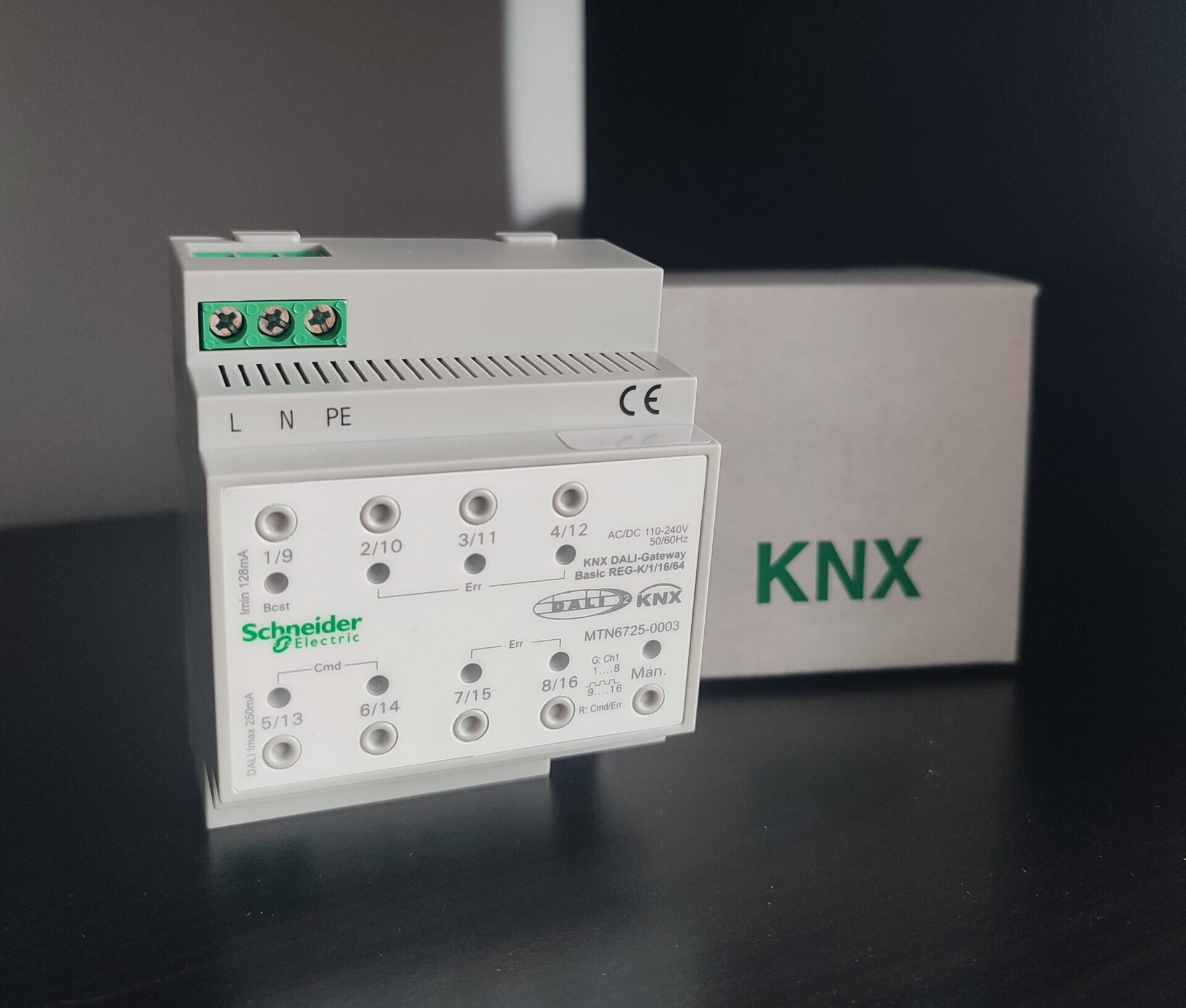In the ever-evolving world of electrical installations, the spotlight is on KNX – a forward-looking technology that promises to reduce long-term operating costs. But what exactly is KNX and how is it revolutionizing building management?
Let’s break it down in simple terms.
What is KNX?
The origin of the word KNX is the Latin word Konnex meaning connection. KNX is an International Standard as well as an European Standard and Chinese Standard. KNX products made by different manufacturers can be combined – the KNX trademark logo guarantees their interworking and interoperability. KNX is therefore the world´s only open Standard for building control.
Understanding the KNX
Common language
The KNX based system uses a bus installation, which means that all devices share the same transmission method and communicate via a common bus network. This provides a standardized language for devices, paving the way for efficient data exchange.
Decentralized brilliance
One notable feature of KNX is its decentralized structure. Unlike traditional installations, this installation does not rely on a central control unit. Instead, intelligence is distributed across all devices, each equipped with its own microprocessor. This design ensures that even if one device fails, the others continue to function, keeping disruption to a minimum.
Dynamics of sensors and actuators
In the KNX based system, devices fall into three main categories: system devices, sensors and actuators. Sensors detect events inside the building and convert them into telegrams, while actuators receive these telegrams and translate them into actions. It is a dynamic interplay where sensors issue commands and actuators execute them.
Scalability and compatibility
Adaptive growth
Thanks to the decentralized structure, these systems are very flexible and can be expanded if necessary. Starting with a basic setup that connects sensor and actuator, the system can be effortlessly upgraded with additional devices to meet increasing control requirements. Theoretically, a system can consist of over 50,000 devices.
Universal KNX compatibility
Unlike other bus technologies, KNX enjoys wide support from various manufacturers in the building installation sector. This widespread support is attributed to it being adapted to the unique needs of electrical installations in buildings. With thousands of certified product groups available, covering different applications, it is a system that adapts to a wide range of functions.
Global standardization
KNX is not limited to regional borders; it is a worldwide standard which ensures compliance, interoperability and a seamless experience for end users.
Key KNX advantages
Extensive manufacturer support
KNX boasts the support of over 450 members in 45 countries, producing products that adhere to KNX standards. Standardized technology ensures the compatibility of KNX products, enabling simple changes and extensions.
Cost-effective bus technology
In the field of new commercial and institutional buildings, bus installations are gaining ground. From schools to offices, hotels to manufacturing plants, KNX technology often proves to be more cost-effective than conventional electrical installations, even during the wiring phase.
KNX is a transformative solution that simplifies complex automation systems. With its decentralized structure, universal compatibility and global standardization, KNX stands as a beacon of efficiency and cost-effectiveness in the field of building automation.


